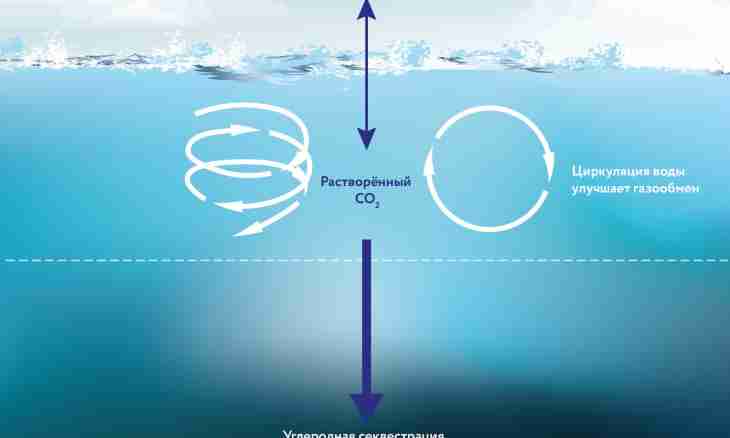The word "climate" Greek and in translation means "inclination". Ancient Greeks schititat that air temperature depends only on a hade of sunshine on the Earth's surface. The Sun is higher, the more heat is received by the earth's surface and stronger the air layer, adjacent to it, gets warm. The earth was divided into climatic zones according to day length and average height of the Sun over the horizon.
Instruction
1. The word "climate" as the scientific term was put into practice 2000 years ago by the Ancient Greek astronomer Gepparkh. He wanted to show that a hade of sunshine to the Earth's surface which is various in each concrete area, weather conditions are defined. The climate is a temperature condition which is characterized by the certain indicators and regularities of atmospheric processes characteristic of this area.
2. The climate of Earth is affected in general by three main processes – a moisture circulation, a heatturn, the general circulation of the atmosphere. The climate of each certain area depends on many factors: its geographic latitude, height above sea level, a relief, distribution of water and the land, oceanic currents, existence or lack of a snow and ice cover, vegetation, and recently and from human activity. In one climatic zone, sites with a different microclimate can be observed.
3. Seven main climatic zones – ekvatirialny, two tropical, two moderate and two polar are distinguished. Between them are located six transitional, the prevailing air masses in which are replaced depending on a season. For example, in subtropics in the summer weather is formed by the movement of tropical streams, and in the winter – air of midlatitudes. Borders of belts are determined by location of atmospheric fronts. In each belt there are 4 more subtypes – continental, oceanic, climate of the west and east bank.
4. Take the climatic map of Earth. The equatorial belt on it is designated in red color. Further a little lighter sites - a subequatorial zone follow.
5. Tropical climatic zones two strips, from the North and from the South, adjoin to the equatorial belt. On the card are highlighted in red-brown color. Subtropical zones – yellow color follow. Green color in the Northern and Southern hemisphere – zones of a temperate climate. Blue color – subarctic and subantarctic belts. Blue – Arctic and Antarctic.

